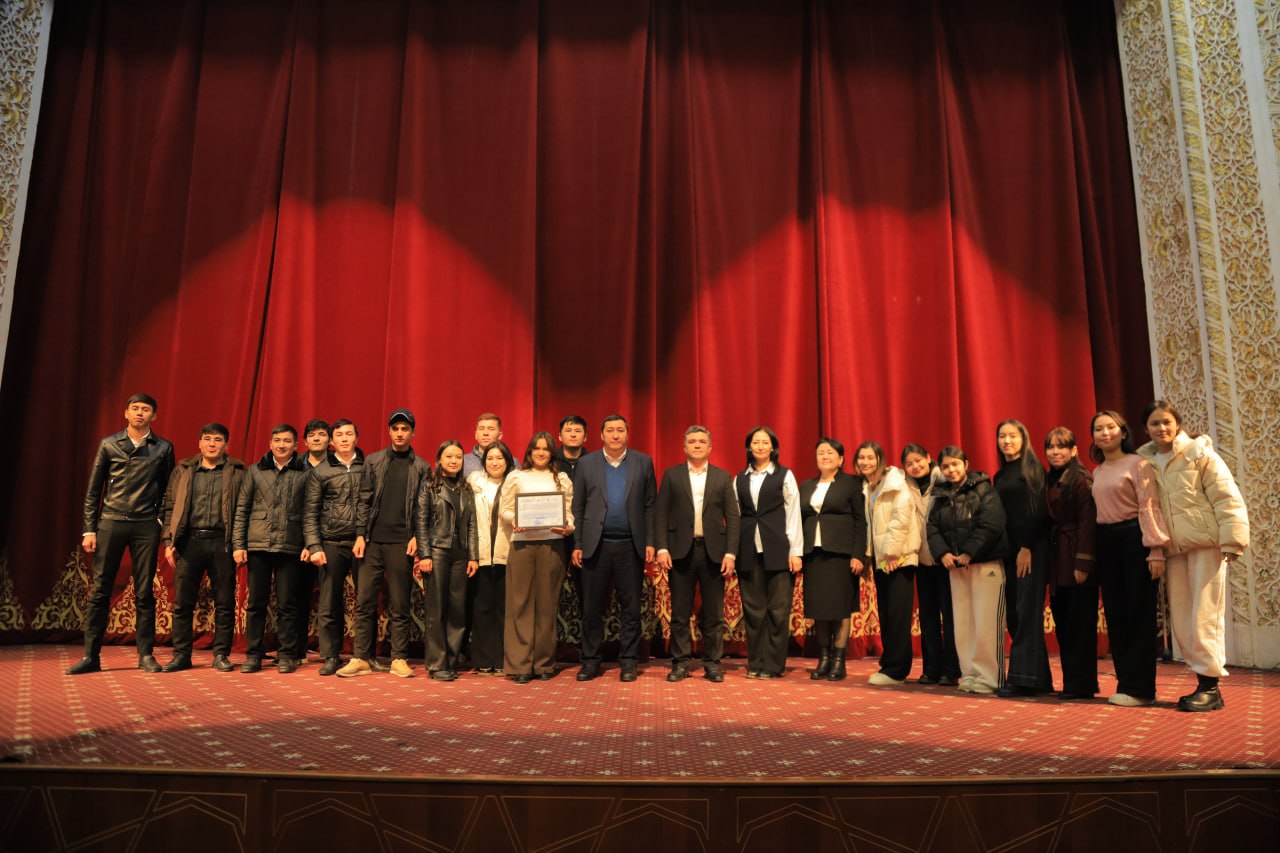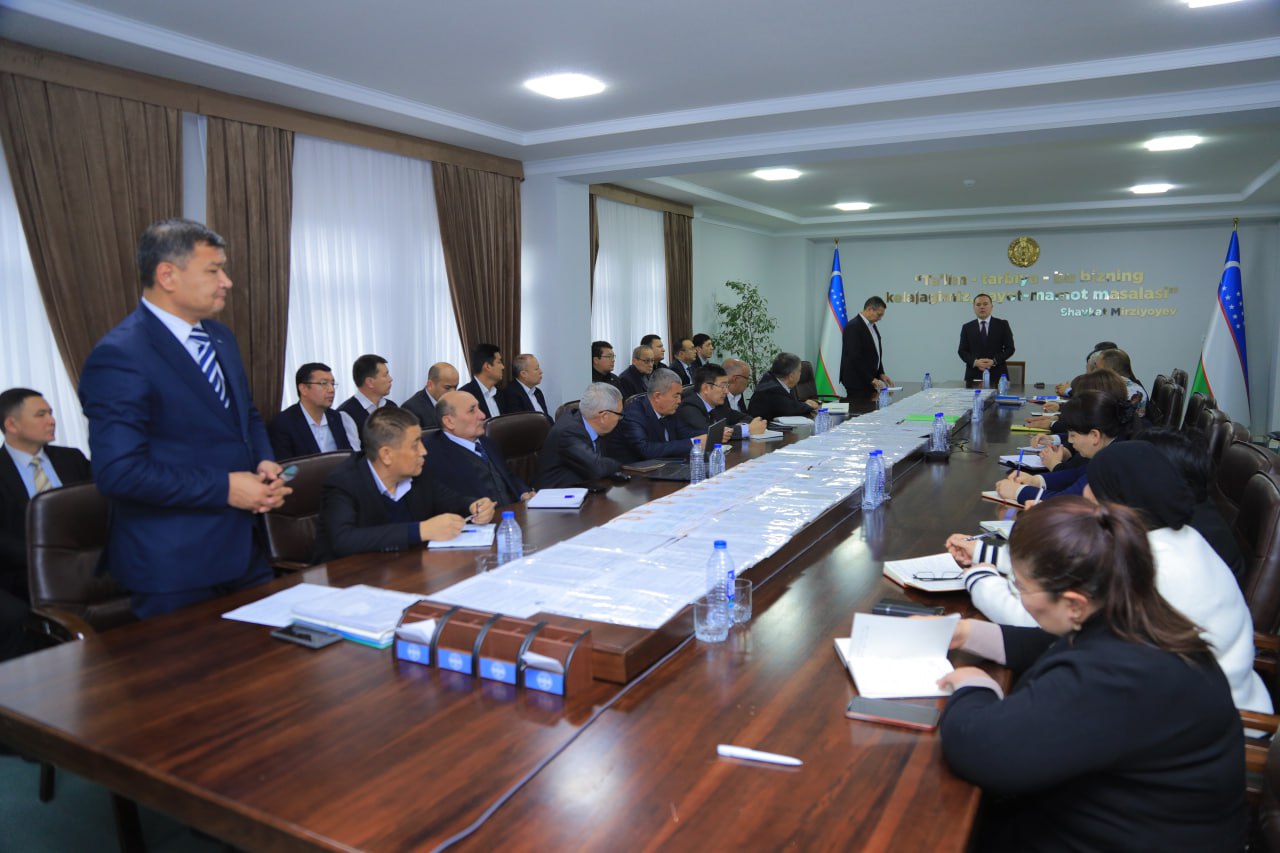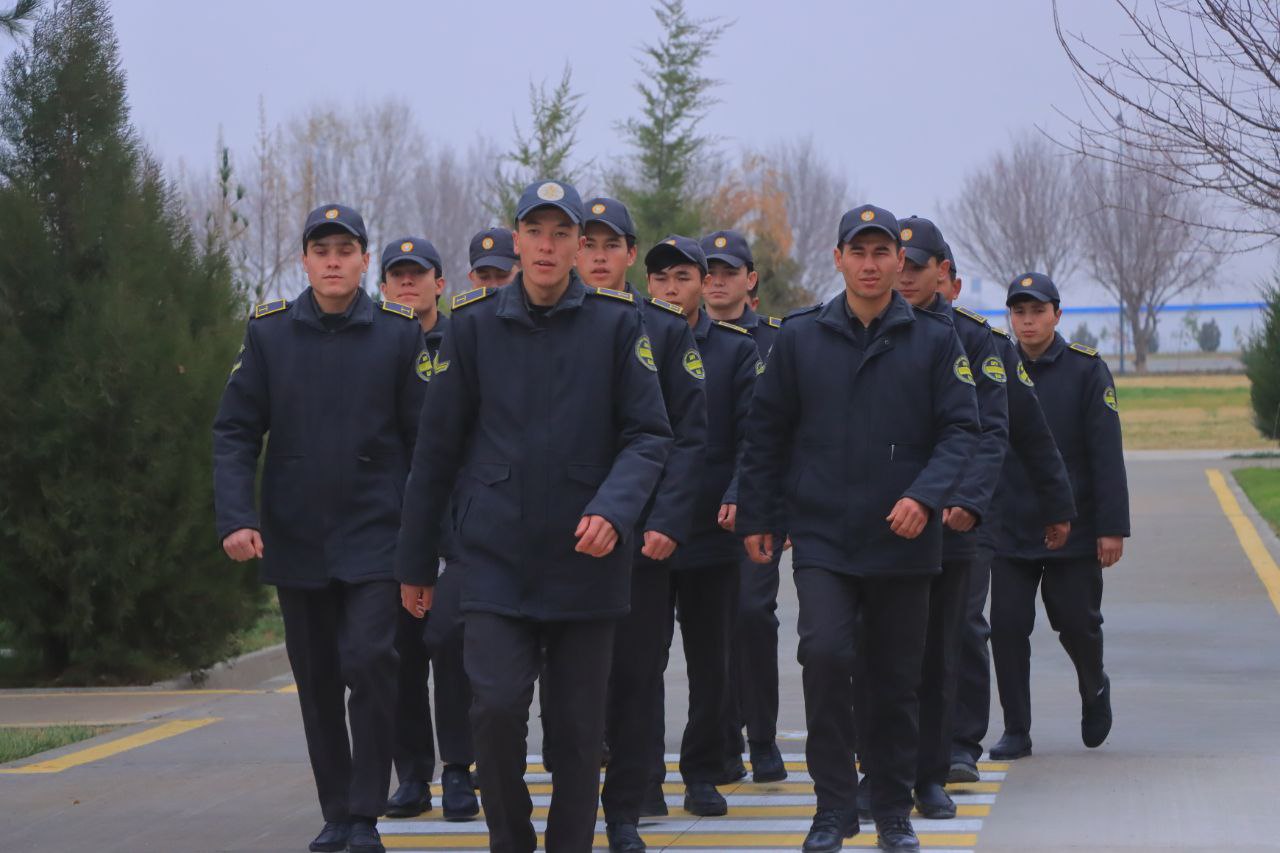Senior teacher of the department of English language theory and practice: Nizomova Z.M.
Abstract: In a broad sense, the term “translation theory” is contrasted with the term “practice of translation” and covers any concepts, provisions and observations concerning the translation practice, the methods and conditions for its implementation, various factors that have direct or indirect impact on it. With this understanding, the “translation theory” coincides with the notion of “translation studies”.
In a narrower sense, the “theory of translation” includes only the actual theoretical part of translation studies and is contrasted with its applied aspects.
Translation is a complex multifaceted phenomenon, some aspects of which can be the subject of research of different sciences. In the framework of translation studies, psychological, literary, ethnographic and other aspects of translation are studied, as well as the history of translation activities in a particular country or countries. Depending on the subject of the study, one can single out psychological translation studies (the psychology of translation), literary translation studies (the theory of literary or literary translation), ethnographic translation studies, historical translation studies, etc. The leading place in modern translation studies belongs to linguistic translation studies (translation linguistics), which studies translation as a linguistic phenomenon. Some types of translation studies complement each other, seeking a comprehensive description of translation activities.
The theoretical part of the linguistics of translation is the linguistic theory of translation, the main points of which are considered in this textbook. In the following, the term “translation theory” will be used in the meaning of “linguistic theory of translation” without additional qualifications. In this sense, translation theory, “private translation theories” and “special translation theories” differ in translation theory.
The general theory of translation is a section of the linguistic theory of translation that studies the most common linguistic regularities of translation, regardless of the specific features of a particular pair of languages participating in the translation process, the way this process is implemented, and the specific features of a specific act of translation. The provisions of the general theory of translation cover any kind of translation of any originals from any source language to any other language.
The general theory of translation is part of the linguistic theory of translation, along with private translation theories that study the linguistic aspects of translation from one given language to another given language, and special translation theories that reveal the peculiarities of the process of translating texts of different types and genres, as well as the influence on the character of this process Speech forms and conditions for its implementation. The general theory of translation provides a theoretical justification and defines the basic concepts of particular and special theories of translation. Private and special translation theories specify the provisions of the general theory of translation in relation to certain types and types of translation.
In addition to theoretical sections, the linguistics of translation includes the development of a number of applied aspects related to the methodology of teaching translation, compiling and using various directories and dictionaries, the methodology for evaluating and editing translations, and various practical issues, the solution of which helps the interpreter to perform his functions successfully. A special place among applied problems of linguistic translation studies is the development of methods for formalizing the translation process in order to transfer part or all of the translator’s functions to an automatic device, i.e. of the machine (automatic) translation.
The linguistic theory of translation is, first of all, a descriptive theoretical discipline that deals with the identification and description of the objective laws of the translation process, which are based on the features of the structure and rules of the functioning of the languages participating in this process. In other words, the theory of translation describes not what should be, but what is, what constitutes the nature of the phenomenon being studied. At the same time, on the basis of the description of the linguistic translation mechanism, it becomes possible to formulate certain normative (prescriptive) recommendations, principles and rules, methods and methods of translation, following which the translator can more successfully solve the tasks facing him. In all cases, a scientific analysis of the observed facts precedes the normative prescriptions.
Normative recommendations developed on the basis of linguistic and translational research can be used both in the practice of translation and in the preparation of future translators. The ability to use such recommendations, modifying them depending on the nature of the translated text and the conditions and tasks of a particular act of translation, constitutes an important part of the translation skill. Knowledge of regulatory requirements does not imply a thoughtless, mechanical fulfillment of these requirements by an interpreter.
Translation in any case is a creative mental activity, the implementation of which requires an interpreter of a whole range of knowledge, skills and ability to make the right choice, taking into account the totality of linguistic and extra linguistic factors. Accounting for such factors is largely intuitive, as a result of the creative act, and individual translators have varying degrees of ability to successfully implement the translation process. A high degree of such skill is called the art of translation.
Being a linguistic discipline, the linguistic theory of translation makes extensive use of data and methods for studying other branches of linguistics: grammar, lexicology, semasiology, stylistics, sociolinguistics, psycholinguistics, etc. For the general theory of translation, the distribution of general language postulates about language as an instrument of communication, About language as a system and as a set of speech realizations, on the duality of language units, on the relation of language to logical categories and phenomena of the real world.
Translation is a means to provide the opportunity for communication (communication) between people speaking different languages. Therefore, for the theory of translation, the data of communicative linguistics on the features of the process of speech communication, the specificity of direct and indirect speech acts, the relationship between the expressed and implied meaning in the utterance and the text, the influence of the context and the situation of communication on the understanding of the text, other factors that determine the communicative behavior of a person .
An important method of research in the linguistics of translation is a comparative analysis of the translation, i.e. Analysis of the form and content of the translation text in relation to the form and content of the original. These texts are the objective facts accessible to observation and analysis. In the translation process, certain relations are established between two texts in different languages (the original text and the translation text). Comparing such texts, it is possible to disclose the internal translation mechanism, to reveal equivalent units, and also to detect changes in form and content that occur when a unit of the original is replaced by an equivalent unit of the translation text.
It is also possible to compare two or more translations of the same original. Comparative analysis of translations provides an opportunity to find out how the typical translation difficulties are overcome, related to the specifics of each of the languages, and also what elements of the original remain untranslated in the translation. As a result, a description of the “translation facts” is obtained, giving a picture of the real process.
A comparative study of translations makes it possible to obtain information on the correlation between the individual elements of the original and the translation, conditioned both by the relations between the languages involved in the translation and by extra linguistic factors that influence the course of the translation process.
Bibliography
- Комиссаров, В. Н. Общая теория перевода. Проблемы переводоведении в освещении зарубежных ученых. Учебное пособие . / В. Н. Комиссаров. – М.: ЧеРо, 1999..
- Лосев, А. Ф. О понятии языковой валентности / А. Ф. Лосев // Изв. АН СССР. Сер. лит. и яз. – 1981. – Т. 40. – Вып. 5.
- Назин, А. С. Сопоставительное исследование метафор в романе Дж. Р. Р. Толкина «Хоббит, или туда и обратно» и его переводах на русский язык: дис…. канд. фил. наук / А. С. Назин. – Екатеринбург 2007.
- Попович, А. Проблемы художественного перевода. / А. Попович. – М.: Высшая школа, 1980.





